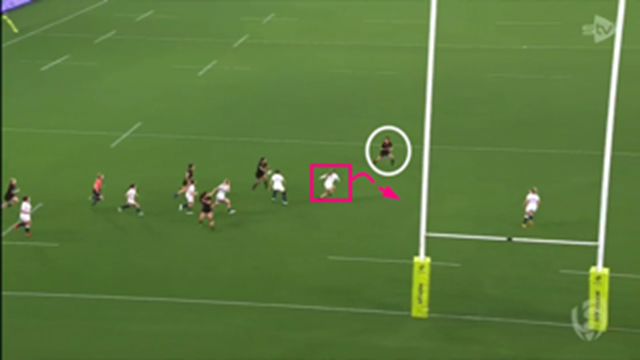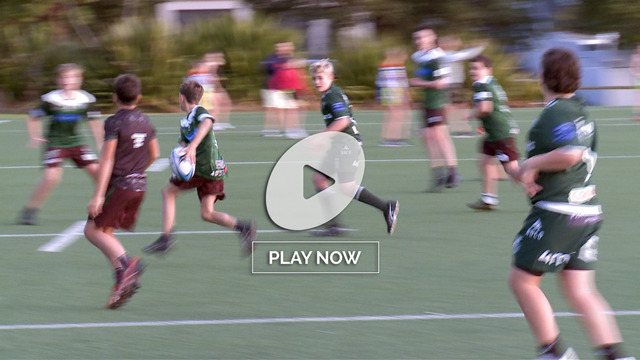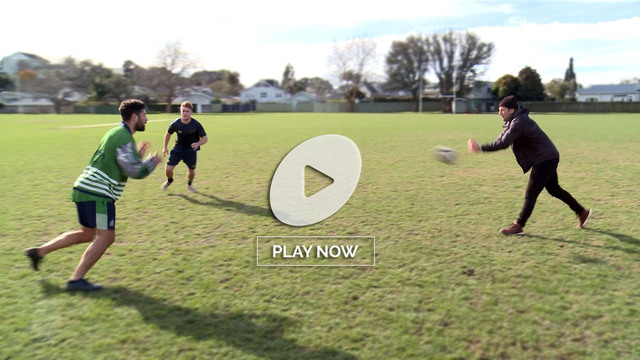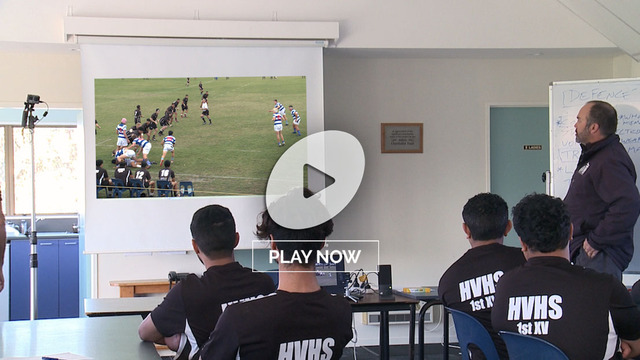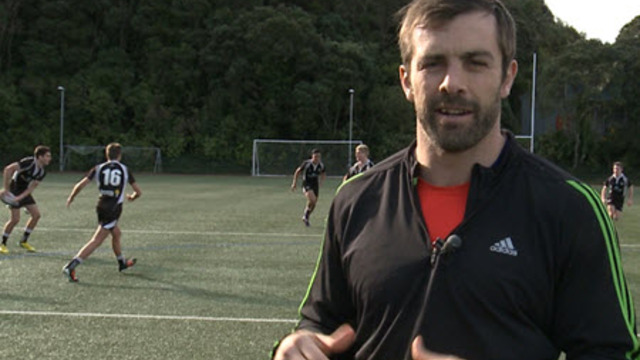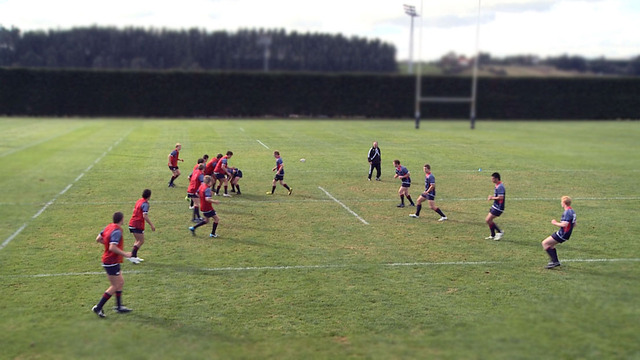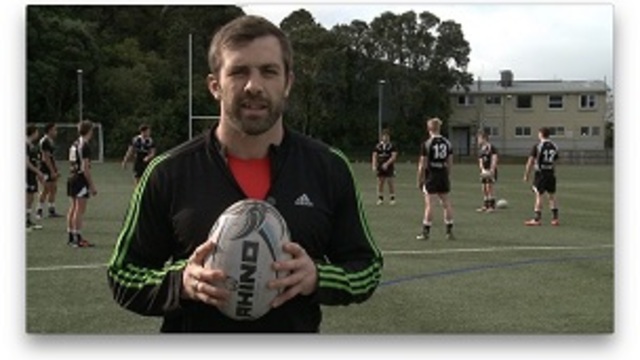It was only back in July that England’s Australian coach Eddie Jones was declaiming against the high incidence of red and yellow cards in the professional game:
“The game’s gone out of control. We saw the New Zealand-Ireland [2nd] Test, at one stage the commentators couldn’t count how many players were on the field. Seriously. And they had three backs packing the scrum.
“We’ve gone the full hog, where everything is a yellow card, everything is a red card. There needs to be some common sense come back into the game.”
“That [the 20 minute red card] is a more common-sensical approach. The All Blacks prop [Angus Ta’avao], he got more injured than the ball-carrier, there was nothing intentional about it, it was a complete accident.
“To lose a player for that sort of incident I don’t think is in the spirit of the game.”
If England had been able to replace right wing Lydia Thompson, sent off in only the 18th minute of the Women’s World Cup final in Auckland, with another player after 20 minutes and restore the 15 v. 15 balance, it would probably have made all the difference to the outcome of an intense encounter scrapped out to the very last play of the match.
As it was, the Red Roses had to play for over an hour with only 14 women on the field, and their failure to organize their power-play defence adequately cost them dearly. Pre-planning for 14 or even 13-player defence is not only a luxury, it is fast becoming a necessity. It has become an essential part of pre-match preparation.
When Thompson was dismissed for the head clash with her opposite number Portia Woodman, England decided to take the hit, keep all eight forwards on the paddock and stick with six backs. With the Black Ferns’ sterling ability to shift the ball wide, they had to squeeze every last drop of defensive juice out of those remaining six backs to stay in the game.
The Red Roses fell at the first hurdle, at a lineout only six minutes later:
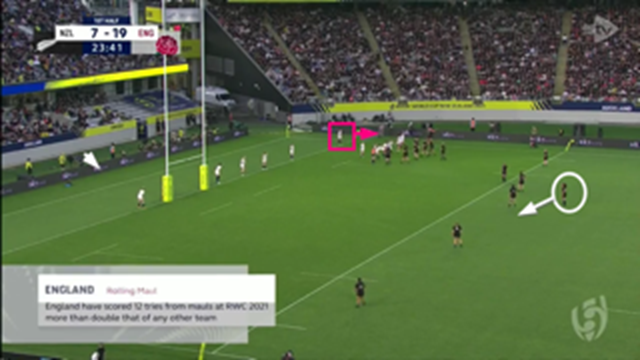
This try is effectively conceded at the initial set-up. England have left their fastest back (Abi Dow in the red square) near the corner flag, while her opposite number Ruby Tui (in the white circle) has already shifted infield, before the ball is delivered.
Dow’s speed at closing the opposition down is wasted in a spot which could have been occupied by the number 9 plus a forward, or even a forward on their own:
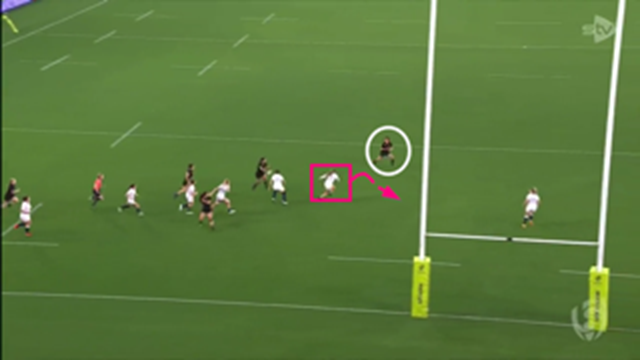
As it is, the England defender in the 13 channel (number 12 Holly Aitchison) is hooked by the threat of Tui and that leaves the full-back (Ellie Kildunne) trying to defend two New Zealand backs by herself only 15 metres from the goal-line.
England’s misuse of the number 9 was the key to their defensive looseness in the period before Claudia McDonald came on in the 51st minute of the match. With the starting scrum-half Lucy Packer still on the field, England went to a 11-1-2 formation; with three backs in the line, two in the backfield and Packer aligned as a sweeper in between the two zones:
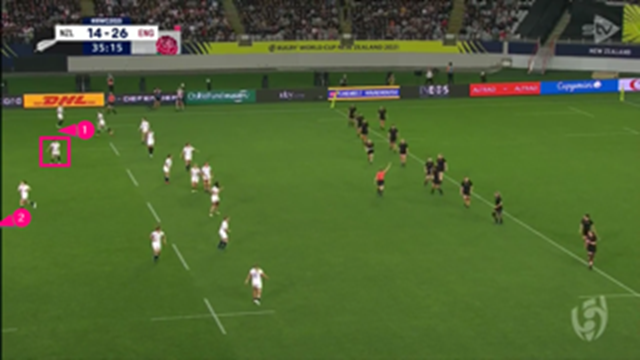
After the Black Ferns are awarded a penalty, the two backfield defenders are trotting back into position while the scrum-half (in square) stays in behind the front line.
The problem with this formation is also obvious. All of the last three defenders out to the right are forwards, exposed without any outside speed to protect them:
With Packer hopping from the base of one ruck to the next, it makes her an easy target for the step inside by Alesha Leti-L’iga on the Kiwi left. It gives her next to no chance to set square for a tackle on the stocky, powerful Black Ferns wing. New Zealand won a penalty at the next ruck and promptly scored a try from the ensuing 5m lineout.
It would have been preferable to locate Packer in-line, and on the outside of her forwards, who could then defend more manageable line spacings inside her with 12 or 13 women up front. With the scrum-half defending as a sweeper and two in the backfield, there could never be more than a single back to one side of a midfield ruck:
The three defenders underneath England number 13 Emily Scarratt are all forward, so all the Black Ferns have to do is navigate around Scarratt and they will hold all the trumps in support:

Lucy Packer (in square) has been wasted by her role in the middle, and she was always one step late to the party:
England did not lose the World Cup final because Lydia Thompson was sent off, they lost it because of failures in their red card defensive shape. With Packer in the sweeper role in an 11-1-2, the score was 29-12 to the Black Ferns over 34 minutes. When MacDonald came off the bench belatedly in the 51st minute, the score over the last half hour was 5 points apiece.
Claudia MacDonald can play wing or scrum-half with equal facility, and she made a difference:
In both cases, the 12th and 13th body in the line forces a kick, and #22 MacDonald is able to scamper back and help out her full-back – Dow in the first instance, Kildunne in the second.
Summary
England eventually found the right red card formula, but they found it too late. On such small but significant tactical nuances, World Cups are won and lost.
